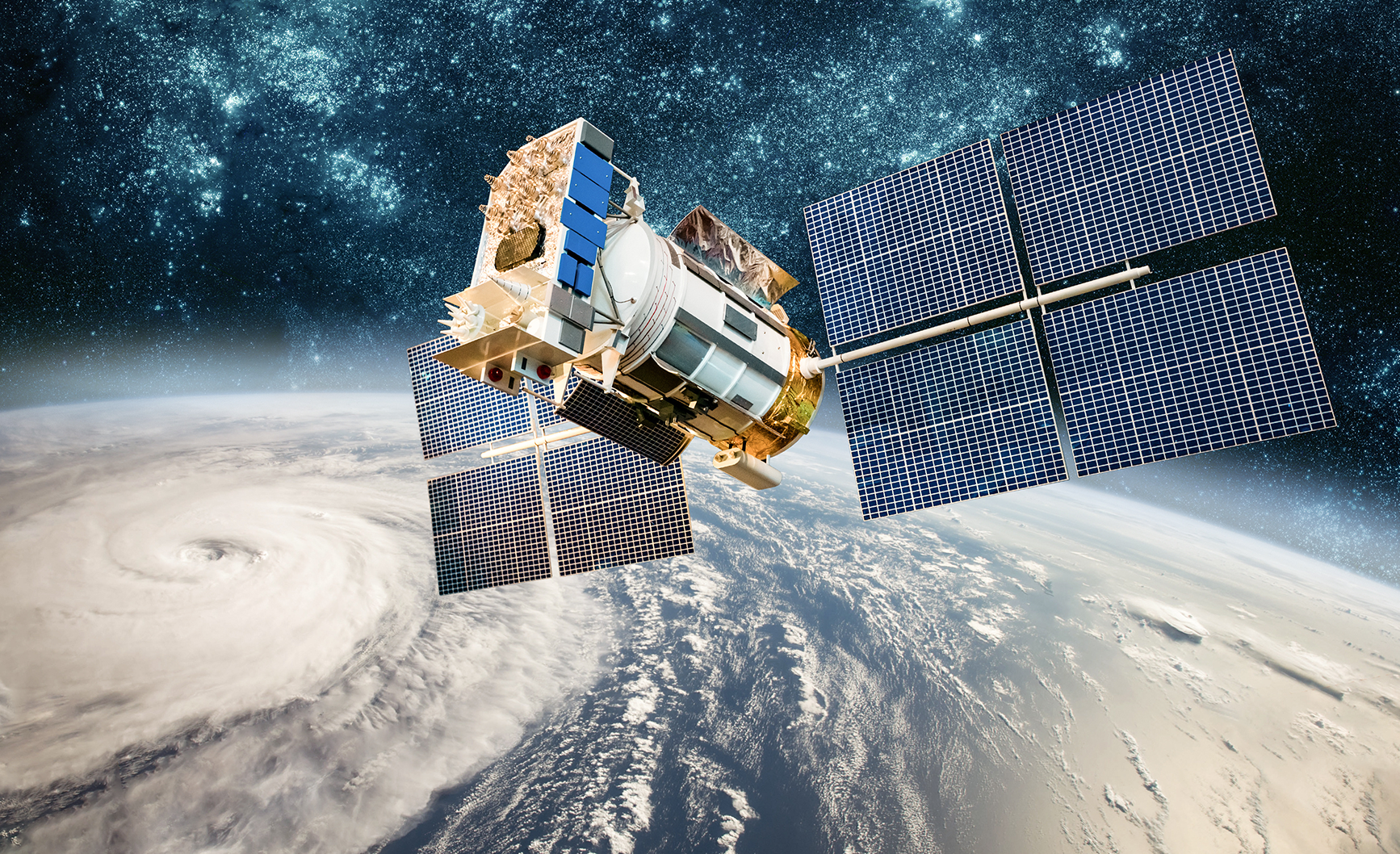By Pascal Wauthier, Chairman, the Space Data Association
Space debris is a real threat to the space environment. It has already been the cause of some serious incidents in space and as the amount of satellites in orbit increases, the threat will continue to get significantly higher. Satellite operators all have a responsibility to ensure they follow the right procedures at the end of satellite lifetime to avoid those satellites remaining in orbit and adding to the debris.
Here is a roundup of the most important considerations for end of satellite life:
- Picking the Right Moment
Choosing the right moment can be challenging yet vitally critical. It is important that there is enough fuel on-board to make sure that a re-orbit or de-orbit will be successful. At the same time, if something has already failed on a given satellite and a further failure would make re-orbit impossible, it is important the operator takes steps to perform the re-orbit before another failure can happen.
- The Orbital Regime
The procedure for end of satellite life will depend greatly on the orbital regime, so it is important to understand the guidelines and challenges associated with the appropriate regime.
- In LEO, the satellite should re-enter the Earth’s atmosphere within 25 years.
- In GEO, satellites are re-orbited. According to the Inter Agency Space Debris Co-ordination Committee (IADC) Space Debris Mitigation Guidelines, the perigee of the final disposal orbit should be greater than 235 km + (1000 x Cr x Area/mass) above the geosynchronous orbit. This ensures the satellite will not return into the protected zone within 100 years.
- In some special orbital regimes such as Highly Inclined Eccentric Orbit (HIEO), specific solutions will be needed to ensure that the satellites will remain clear of operational regimes for over 100 years.
- Removing Stored Energy
When re-orbiting a satellite, the operator needs to remove all sources of stored energy. Failure to do so could result in an accidental explosion or break-up of the satellite. At the same time however, it requires a lot of care to ensure that the operator maintains control of the satellite during and up to the completion of these activities.
- Dealing with Faulty Satellites
If a satellite has suffered significant anomalies and therefore needs to be de-orbited but has still got a lot of propellant on board, that propellant will need to be vented, whilst keeping just enough for the re-orbit to take place. This operation needs to be carefully planned as propellant venting might lead to large orbital changes, if not carefully managed.
- The Cost Factor
As with many things, there is a huge cost factor involved with the end of life processes. De-orbiting and re-orbiting require propellant. This of course costs a considerable amount of money while not benefiting from an operational satellite. This necessary cost should therefore be factored into costings at launch.
- Dire Consequences
If satellite operators do not follow the correct end-of life procedures, the consequences are critical. Dead and uncontrollable satellites in orbit are a direct threat to other operating satellites, as well as being a ticking bomb that could at any point impact with another dead object and generate a cloud of debris that will quickly affect an entire orbital regime.
When you consider that in GEO between 60-85% of all payloads have managed to comply with the guidelines successfully, and in LEO that number is only between 5-15%, it is clear we, as operators, need to do more.
There are some initiatives currently ongoing looking at active re-entry, for example, as well as companies looking at new ways to remove debris. You can read more about my thoughts on this in Sat Magazine.

